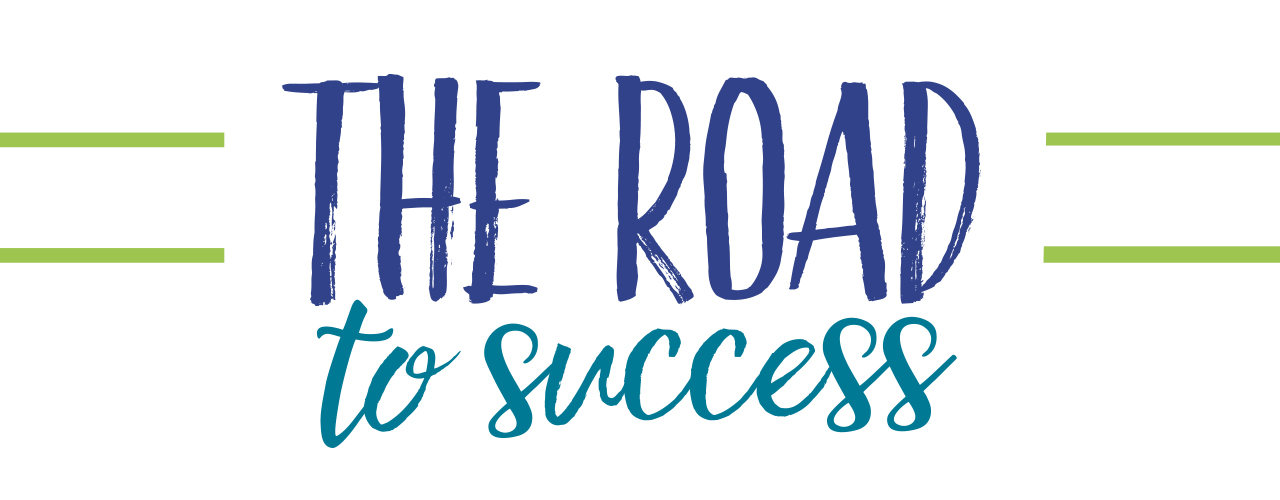Since its creation a decade ago, the blockchain has struggled with an identity crisis. Originally disseminated to a mailing list of activists and computer science professors as “A Peer-to-Peer Electronic Cash System,” it was clearly intended as the technological underpinning for a digital currency. Since the development of Ethereum in 2015, attention has turned toward more expansive uses of blockchain. But a clear understanding of what the technology is, exactly, has proven difficult to pin down, even as scandals like last week’s collapse of Sam Bankman-Fried’s FTX suggest to cynical observers that it may be nothing more than newfangled digital cover for old-fashioned pyramid schemes.
For the latest headlines, follow our Google News channel online or via the app.
On a basic level, the blockchain is a tool of digital communication, a method of broadcasting and recording information. With a cryptocurrency like Bitcoin, the information you broadcast is the balance of your account. Different blockchains can support different kinds of broadcasts: media-based blockchains, like Mirror, let creators broadcast short writing to users; social media-based blockchains, like Rally, let users broadcast reviews back to the creators. There have even been clever ideas for the application of blockchains to supply chains, as a way of reliably tracking products by broadcasting their position as they pass from distributor to retailer. These ideas all play off an understanding of blockchain as existing in the same evolutionary track as the Internet, only with immunity to its viruses, like censorship and data mining.
An immediate consequence of the blockchain’s hardiness as a medium is its powerful capacity as a record-keeper. As Balaji Srinivasan points out in his wonderful book The Network State, the blockchain’s unique advantage over the Internet as a propagator of information is that it reduces the number of data silos—pockets of data hidden from view by middlemen like Facebook or Google. In doing so, it allows a network to come to consensus on a shared history; or, as Srinivasan implies, a set of moral values. Since a blockchain’s past is always transparent, each one can develop a certain purity and sense of social obligation which more Byzantine distributions of information tend to cloud. Decentralized Autonomous Organizations, or DAOs, (blockchains like MakerDAO, Uniswap, and Lido Finance) can organize themselves around a single set of well-defined—literally codified—objectives, maintaining a transparency and purity of focus impossible in traditional business structures.
The Twitter bio of Vitalik Buterin, head of the Ethereum Foundation and probably the single most influential figure in the industry, reads simply, “Abolish daylight savings time and leap seconds.” Since installments of the blockchain’s history are published at regular intervals, blockchains slowly build their own calendar, with blocks instead of seconds and “epochs” (a lot of blocks—the term has different meanings on different chains) instead of years. An original vision for NFTs was that they could represent deeds or copyrights in countries without the infrastructure to reliably process the paperwork. A copy, after all, will always appear later than the thing it copies. Copyrighting on the blockchain bypasses red tape as well as the possibility of government corruption; philosophically-minded crypto advocates will sometimes refer to “immutable time” as blockchain’s single innovation.
And this creation of uniqueness in time, or scarcity, is yet another possible avenue of development. This typically feeds back into the original vision of blockchain as the engine of a digital currency. The fact that there is a maximum number of Bitcoins that can be minted—making it deflationary, rather than inflationary—is much debated in arguments about Bitcoin’s viability as a large-scale economic model. But the reason that the number of Bitcoins can be capped is because each coin has an independent existence that cannot be mimicked by any kind of tech wizardry. Sufficiently talented counterfeiters will always be able to recreate a physical currency—but it’s a fact of the mathematics underlying blockchain that individual items on the blockchain are unique and unforgeable.
The four possibilities are intimately linked to one another, but each inspire very different visions of blockchain’s role in a future society. The performance of blockchain currencies on large scales, like Bitcoin in El Salvador, is an interesting test. But if it proves unwieldy as a financial instrument, the potential of blockchain technology as a whole will not be much diminished.
Cryptocurrency, the original application of that technology, is only one part of a suite of possible interpretations ranging from secret communications to a public marketplace, from anonymity and identity protection to the construction of new modalities for group decision-making and self-government.
Read more:
NBA champion Golden State Warriors sued over FTX collapse
US opposes escalation in Syria after border strikes: State Department

